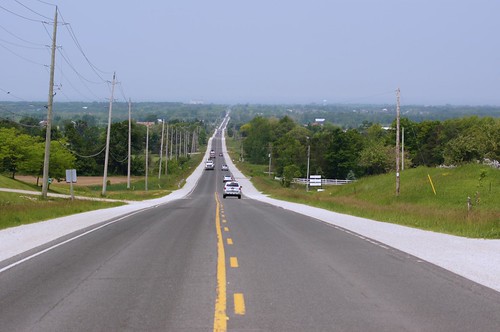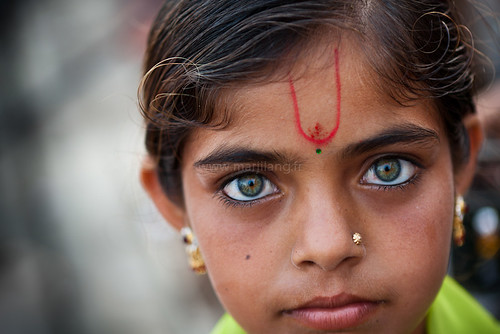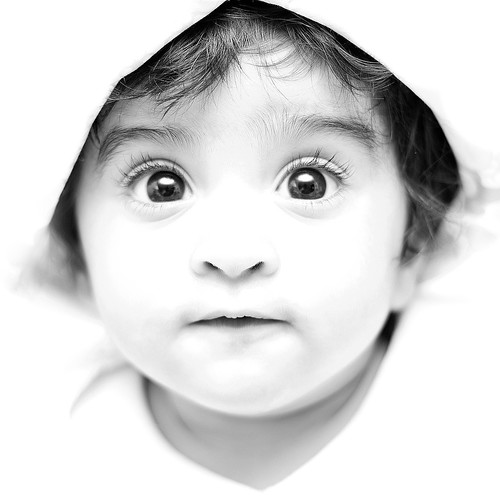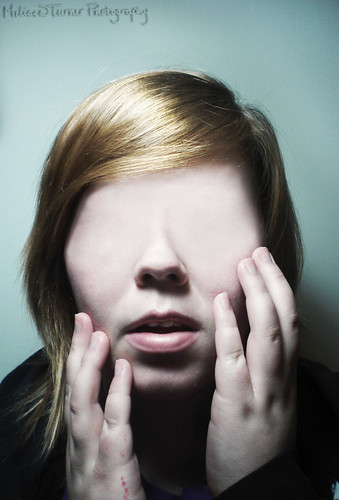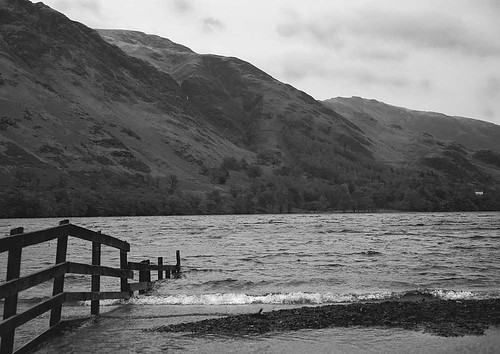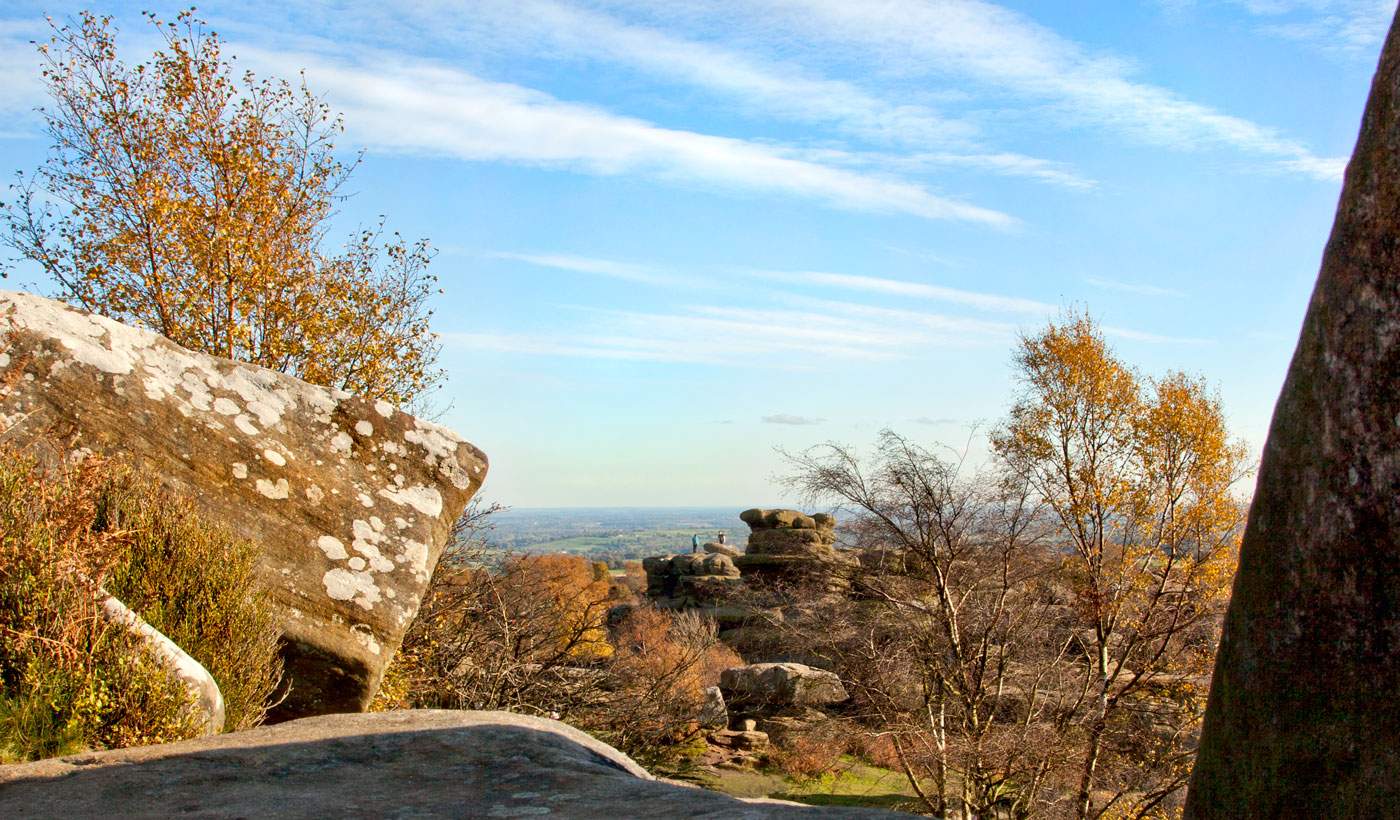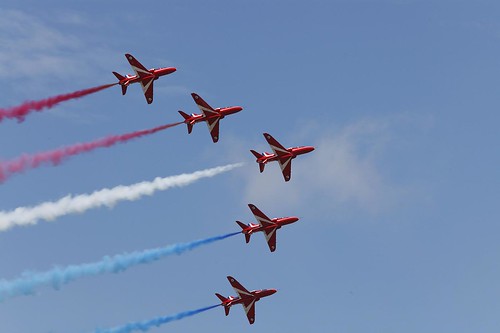
Diagonal lines create dynamic and uplifting mood in your images.
Diagonal lines can create a dynamic and uplifting mood in your images. They convey power and often a strong sense of movement and action. Diagonals are sometimes considered the most powerful of the compositional lines. They influence the viewer every time they are used. However, despite the association with ‘action’, they can also be quite subtle. It is diagonal lines that often create depth and perspective in your images. However, the strong feeling of cutting the image across also leads to a tension in the image that can set up a dynamic and uneasy feeling if used in certain contexts. In fact, the context of a diagonal is most important.
What are diagonals?
An informal definition of a diagonal is a ‘sloping line’. Of course in an image there can be complex relationships between the objects in the image. So a sloping line is rarely just that. Diagonals also interact with the edges of the image itself. It is this relationship which often defines the strength of the diagonal. Strong diagonals tend to be at around fourty five degrees to the edges of the image edge. So they form a strong contra-influence to the edge. On the other end of the scale more subtle angles off the horizontal or vertical tend to convey depth and to lead the eye into the picture.
This relationship that diagonals create is strongly related to the context of the image. Subtle lines that form edges, particularly of buildings or roads, tend to promote the feel of distance, trending away from the viewer, when they are diagonals. This creates the depth of the image, or if more inclined to the vertical, creates distance. So it is the eye that discerns the importance of the diagonal, because it is our interpretation of it that determines its strength.
Artists and photographers alike have determined that a strong upward diagonal from bottom left towards the top right provides an uplifting feeling. This may be because in the Western world we read from right to left. It is also notable that most commonly graphs are seen to start at the ‘origin’ (bottom left) and trend upwards in this form as well. In other words Western culture is programmed to see the left/right diagonal as an uplifting and action related line. It is worth noting that this may not be the same in other cultures, and that different systems of reading lead to different ways the eye reads images.
Similarly, the diagonal from top left to bottom right has the opposite effect. We find it easy to follow that line in an image, but as a downward and sweeping our move. Also, in a graph the downward trend shows the negative side of things. So, although it may be to a lesser extent, we can find ways to use the diagonal in a less expansive, down-trending way. Nevertheless, the strength of the diagonal is undeniable.
Using Diagonals
Of all the diagonals, especially in an action shot, the upward left-to-right sweep is the strongest. If you can find a way to express that in an image you will have a powerful influence over the viewers eye. So look to bring that out in your images, especially if that can be implied or captured in an action or movement. On the other hand strong diagonals tend to make great patterns because they impact powerfully on the eye. So rather than take a pattern shot straight on to the lines (creating horizontals or verticals) think of pacing-off to the side, visually creating diagonals.
Diagonals are created in a number of ways. You can off-set the horizontal or vertical, but sometimes it is better to sight along a diagonal. This creates a feel of depth rather than a strong off-set to the edges of the image. So, instead of taking your picture of a building straight on, sight along it from one side a little. This creates perspective, because the lines tend to converge as diagonals the further they are from your position. The effect is subtle but subconsciously strong. A picture with depth is one that is more convincing and therefore has more impact. Lots of forms of converging diagonals can be used in this way. The lines forming the edge of a road converge diagonally to one-another as they disappear into the distance. This creates a powerful depth to the picture. The same can be said of rivers, railways and other strong edges that are close to each other.
Of all the composition lines the diagonal tends to be strongest when straight. However, there is absolutely no reason why a gently curving river or road trending away from you cannot be both strong and yet softly influencing. A curve offers a smoothing, gentle influence over the harshness of a strong line in any composition. Place it on the diagonal and you are providing a subtle and influential feeling as well. So, especially in landscapes, curved diagonals can be important structural elements within your image without inducing motion, action or tension that can be discordant.
Impact
The outcome of your picture relies on how much it impacts on the viewer. If you draw your viewer in and convince them of the depth and reality of the picture you have created a powerful image. Diagonals, because of the tension and dynamics they create, as well as depth, have many powerful ways to impact on the eye. This is great. However, they can be overused like any other compositional element. So make sure you are picking out just what you need to create the image you want. Too much and you throw the picture out of balance. Too little and the impact is lost. So look to using diagonals to give depth and draw the viewer to engage with the image. Natural, upward sweeps and gentle lines create the power of diagonals with softness of influence. Harsh and straight imparts tension and distance.
Make sure you experiment. Review your images with diagonals and consider ways you could have used them differently to influence the viewer. Awareness of diagonals is the first step to mastering the composition that uses them. So look for them in the frame when composing the shot. Like all composition, diagonals take time and reviewing to master their use.
Have fun with diagonals.
By Damon Guy (author and Photokonnexion editor)

Damon Guy (Netkonnexion)
Damon is a writer-photog and editor of this site. He has run some major websites, a computing department and a digital image library. He started out as a trained teacher and now runs training for digital photographers.
See also:
Editors ‘Bio’.
Can you write? Of course you can!We would love to have your articles or tips posted on our site.
Find out more…
Write for Photokonnexion.


